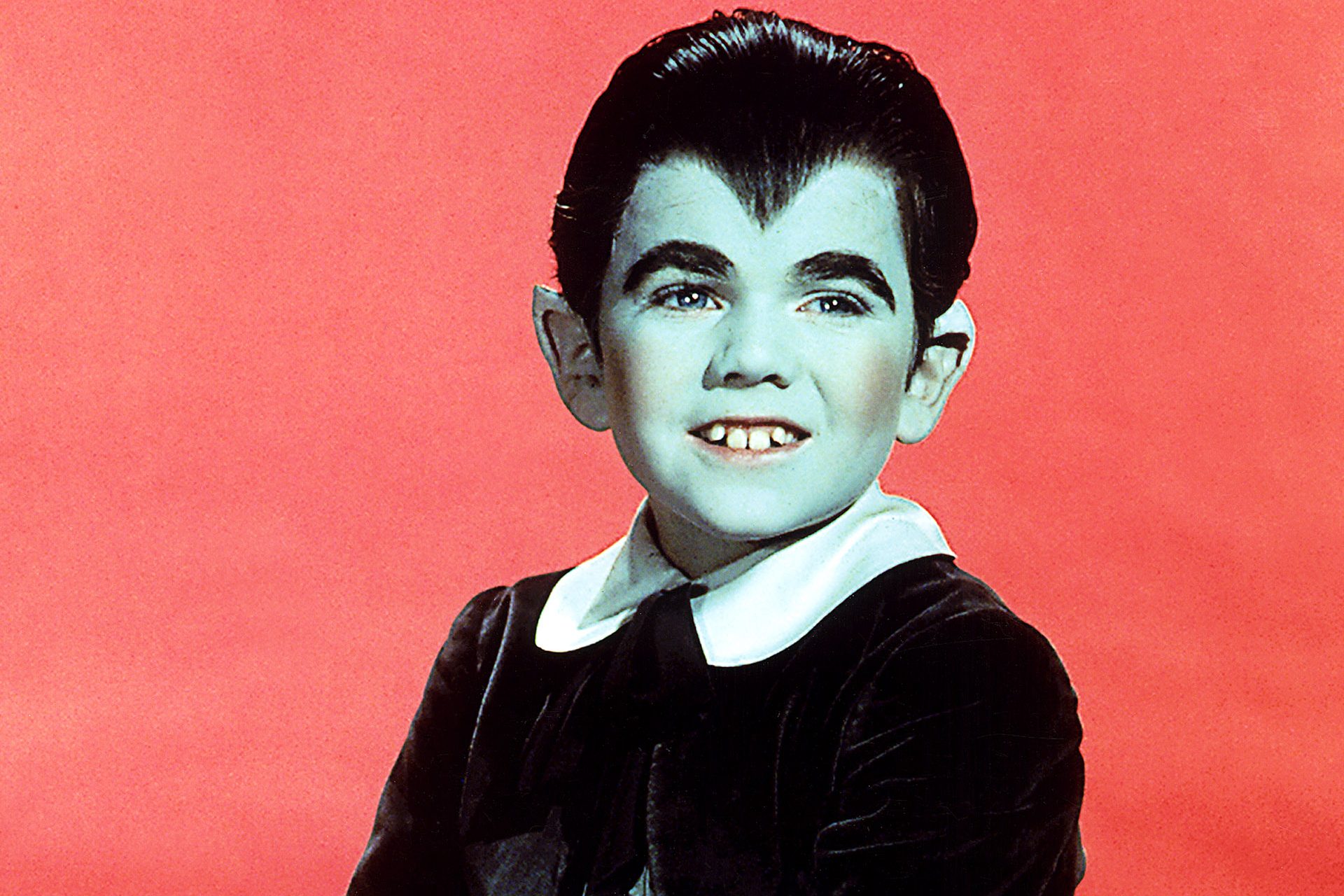Beepers, videotapes, and other gadgets from yesteryear
Anyone who's recently seen an episode of 'Seinfeld,' the hit comedy from the 1990s, will have noticed how much its fashion and gadgets are from another time. In fact, many plots of the series center on the fact that Jerry Seinfeld and his friends do not have smartphones to communicate with each other and look up things on the internet.
Let's have a look at the electronics that once dominated our lives and are now completely extinct. Such as... the videotape.
JVC launched these VHS tapes in 1970. A decade later, they were the standard worldwide. For the first time, people could record programs directly from their TV sets.
Be Kind, Rewind! Before returning these tapes to the video store, you needed to rewind them. VHS ruled in the 80s and 90s. But then, abruptly, the DVD and online streaming arrived.
By the way, Blockbuster Video had the opportunity to buy Netflix for 50 million dollars at the beginning of the century. It refused. The rest is history.
Radio was invented as an instrument of communication between two people but soon became a form of mass entertainment. The arrival of portable radios was a revolution. Today, all mobile phones incorporate radio and the podcast has changed the way of listening.
It's true that many DJs and music lovers still use them, and vinyl is a trend, but it's not the musical standard like it used to be. The first record player was invented in 1925. Its use lasted until the 90s. Not bad at all.
A gadget that has fallen out of grace because of smartphones, is the (analogue) alarm clock. They were as effective as anything, but now we prefer to have our phone on the nightstand.
Another machine from old times: the famous tube or television set. You could put a whole bunch of stuff on top of it.
Colour television was patented in 1948 and for more than half a century it crowned houses around the world. The new flat screens have made the old device seem almost prehistoric, though.
There are romantics who continue to write with these machines. But then again, there are also those who write with a pen.
The QWERTY keyboard introduced by typewriters has been preserved on all keyboard instruments. Word processors were the end of a technology that is now obsolete but still has an aura of elegance.
That brings us back to the 80s and 90s, the era of the big desktop computers. While we still use these computers along with laptops, they are much faster and smaller than the first models.
Casio launched this gadget in 1983 and it immediately became a high status machine. It could store telephone numbers, appointments, and alarms. In addition, the digital planner gave the time of other countries and even made language translations. It was horrible and very big but it ruled the 80s and 90s.
Children who had this Casio Calculator watch in the 80s were the kings of the school. The Japanese manufacturer launched it in 1981 and it became the public enemy of mathematics teachers around the world. Its boom lasted until the 90s, when mobile phones started to replace the calculator watch.
Motorola launched this small but useful gadget with which you could be permanently located. In the United States, the best-selling model was called Pageboy I. For that reason these gadgets were also known as Pagers.
Prior to mobile phones, the pager was a symbol of power. To send a message, you had to contact the company that provided the service and dictate the message and the number to send it.
The jump from 5 1/4 floppy disks to 3 1/2 diskettes was quite an event in storage devices. Today, most computers don't even have an input for them. The Cloud and Bluetooth have destroyed this sector.
Believe it or not, Atari 7800 was launched in 1986 and still it looks like something from the Pleistocene. Back then, Donkey Kong, Ice Hockey and Enduro were simple but very addictive pixel games. A comparison with PS4 is unthinkable.
Atari and other gaming sets were the home equivalent of an earlier electronic breakthrough: the arcade machine. Invented in the 1970s, the coin-op game had its golden age from the late 1970s through the early 80s.
(Here, Seinfeld character George is trying to save his high score in the 'Frogger' arcade game.)
Many romantics resisted until the end, but the digital era has swept away the classic film and photo development. Kodak, a pioneer in the industry, went bankrupt in early 2012.
A symbol of technology and business communication in the 80s. Today, with e-mail, it is used less but some dinosaur companies still have a fax machine.
It seems absurd to have telephone booths on the street nowadays, when there are more mobile phones in the world than people.
There still are many of these booths around the world. Most of them have been converted into loading points or libraries, but their days are counted.
The first answering machines, manufactured by PhoneMate, arrived in 1975. They weighed 5 kilos and only stored 20 messages. If you weren't at home, the person calling you would leave a recorded message and you would hear it when you came back. The mobile phone made this gadget obsolete.
Presented by Philips in 1963, the original use of the cassette tape was for simple recordings. However, its format and sound quality made it a musical standard for three decades. In the 90s, with the advent of the CD and DVD, its decay was imminent.
Back in 1979, Sony revolutionized the way we listen to music. The Japanese company invented the first portable sound device with its TPS-L2. It sold millions of units and became an icon of 1980s pop culture. They were discontinued in 2010, after more than 30 years in the market.
It arrived in 1984 by Sony as an alternative to the walkman. Its impact was immediate and until the 21st century it swept sales. The size of the portable CD player and its continuous shutdowns eventually drove people to other gadgets. The iPod gave the discman the final blow.
Nintendo launched the Gameboy in 1989, but it wasn't as well received as expected. A year later, the company decided to give away the Tetris game to buyers of this portable console and the sales skyrocketed. With 119 million units sold, it is the third most successful game console on the market (after PS2 and Nintendo DS).
The first mobile phones looked something like this. They were born in the 90s and usually enormous. They had little to do with today's smartphones.
The first cell phones weighed a ton, were very limited in functionality and storage, but their batteries lasted for days. Nowadays, more than 5 billion people in the world use smartphones.
In the early 2000s, the Blackberry was the ultimate mobile phone. It was revolutionary, secure and generating millions of dollars. When Apple introduced its iPhone in 2007, Blackberry shares were worth 140 dollars. Four years later, those same shares were worth around 14 dollars. The smartphone killed Blackberry.
A real musical revolution, Steve Jobs introduced the iPod to the world in 2001. This small device allowed you to store songs and listen to them easily. It was the end of the Walkman and the Discman and sold more than 150 million units. Now, almost 20 years later, mobile phones replace the function of the iPod.
Picture: Aegon Boucicault / Unsplash
If you want to see the 30-year-old sitcom 'Seinfeld,' you can watch it on Hulu in the U.S. and on Netflix in other countries.













































